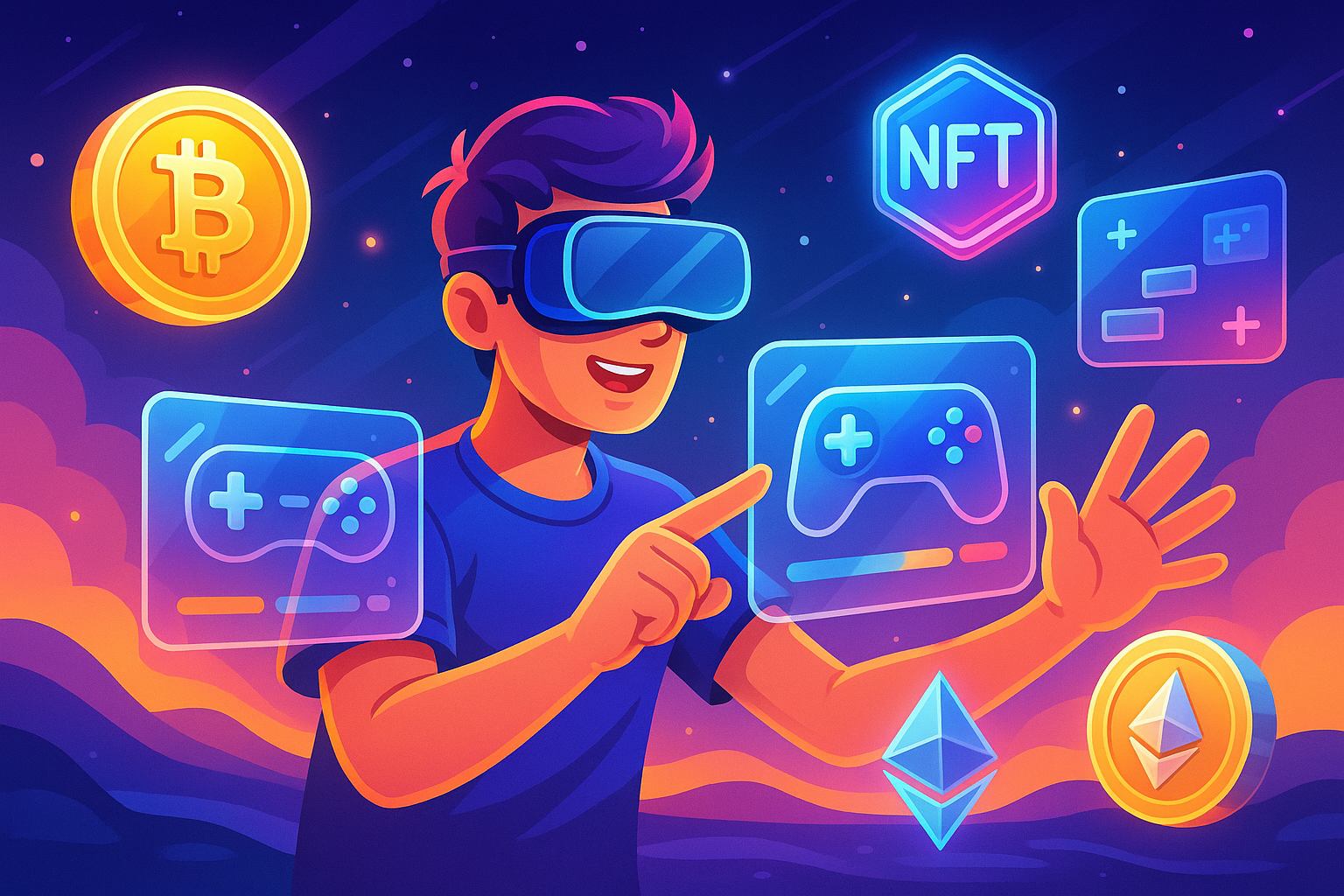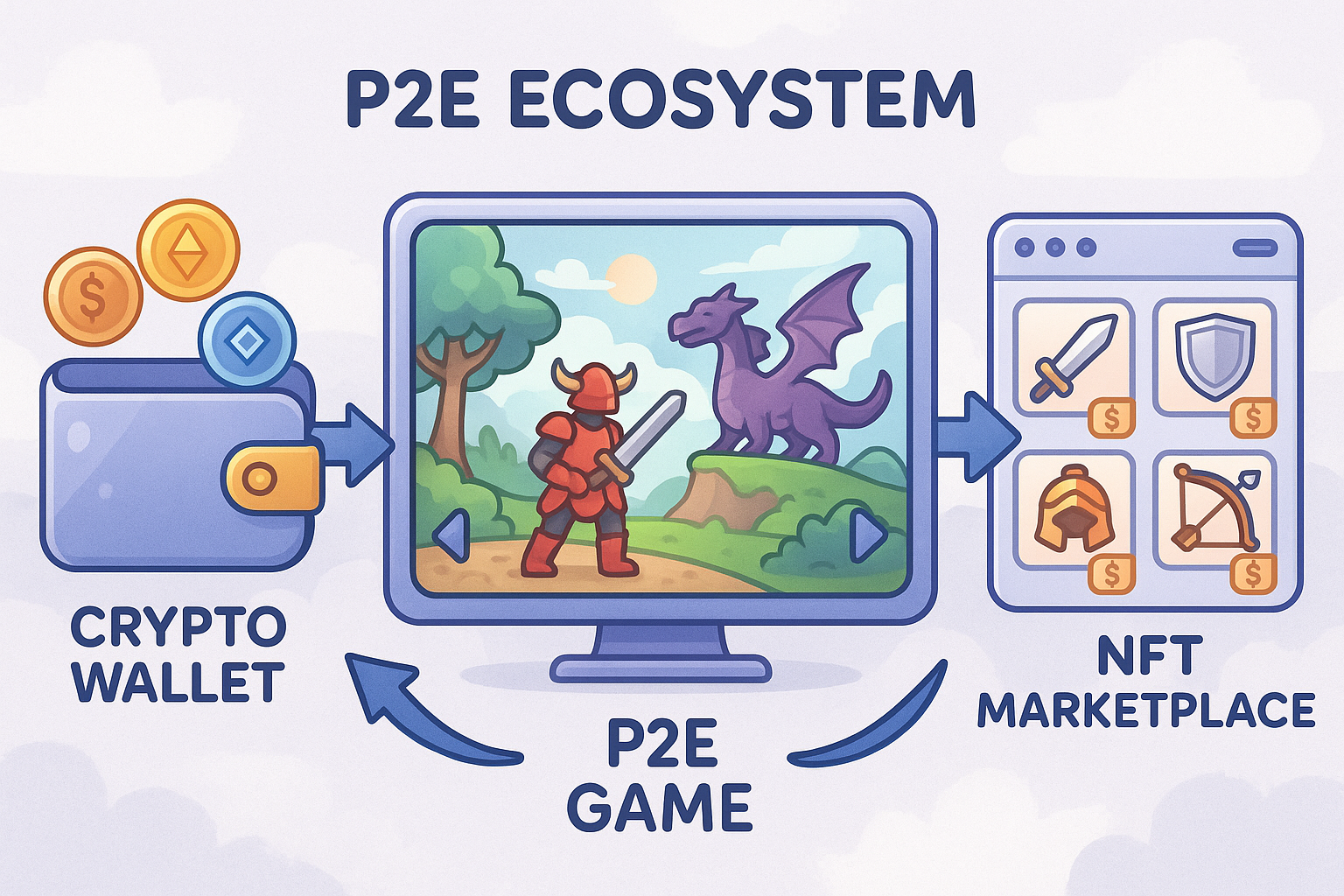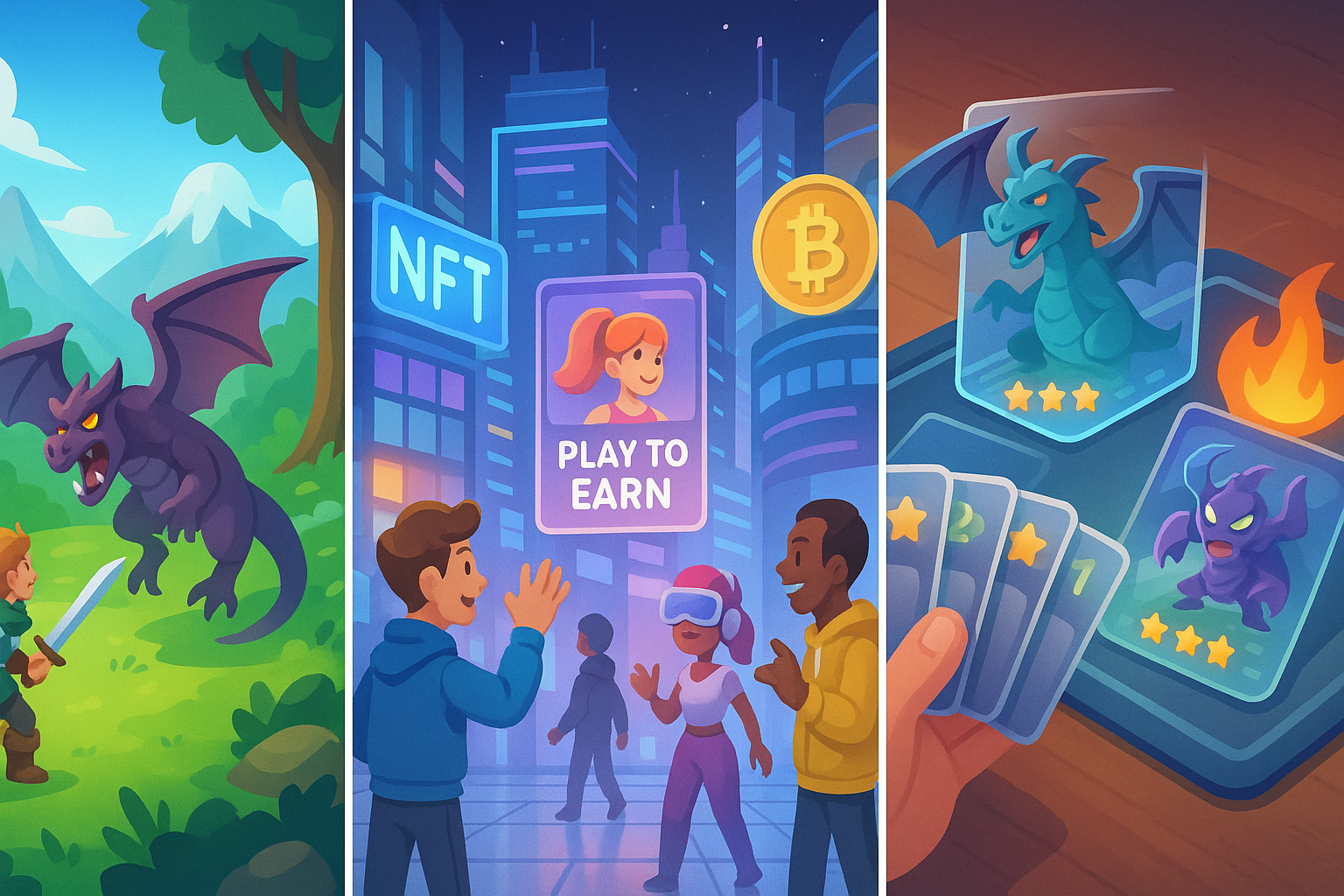P2E 101: Key Terms and Concepts Explained
The world of online gaming is in the midst of a revolution, and at its heart is a groundbreaking concept: Play-to-Earn, or P2E. This new model is flipping the script on traditional gaming, transforming it from a simple pastime into a potential source of real-world value. But for newcomers, the terminology and concepts surrounding P2E can feel like a whole new language. In this guide, we'll demystify the key terms and concepts you need to know to navigate the exciting world of P2E gaming.
What Exactly is Play-to-Earn (P2E)?
At its core, Play-to-Earn is exactly what it sounds like: a gaming model where players can earn tangible rewards with real-world value simply by playing. Unlike traditional games where in-game items and achievements are confined to the game's ecosystem, P2E games leverage blockchain technology to give players true ownership of their digital assets. This means that the items you collect, the characters you level up, and the currency you earn can be traded or sold on open marketplaces.
The key difference lies in the ownership model. In conventional games, the developer owns and controls all in-game assets. In the P2E universe, you, the player, are in control. This fundamental shift is made possible by the integration of blockchain, cryptocurrencies, and Non-Fungible Tokens (NFTs).

The Cornerstones of P2E: Blockchain and NFTs
To understand P2E, it's essential to grasp the two technologies that underpin it: blockchain and NFTs.
Blockchain: Think of a blockchain as a decentralized, digital ledger that is transparent and immutable. Every transaction and ownership of a digital asset is recorded on this ledger, and it cannot be altered or tampered with. This technology ensures the security and authenticity of your in-game items, proving that you are the rightful owner.
Non-Fungible Tokens (NFTs): NFTs are unique digital assets that represent ownership of a specific item, be it a piece of art, a collectible, or, in the case of P2E games, an in-game character, weapon, or piece of virtual land. Each NFT is one-of-a-kind and cannot be replicated, which is what gives it its value. In P2E games, many of the valuable assets you acquire are in the form of NFTs, giving you the freedom to do with them as you please.
How Do P2E Games Work?
P2E games function by creating in-game economies where players can earn rewards through various activities. These rewards often come in two forms: cryptocurrencies and NFTs. By completing quests, winning battles, or contributing to the game's community, players can accumulate these digital assets. These can then be traded with other players or sold on NFT marketplaces for real money.
To get started with most P2E games, you'll need a crypto wallet. This is a digital wallet that allows you to store your cryptocurrencies and NFTs securely. Popular options include MetaMask and Trust Wallet. Once your wallet is set up and connected to the game, you can start your P2E journey.

Diving Deeper: Key P2E Terminology
As you explore the world of P2E, you'll encounter a variety of specific terms. Here are some of the most important ones to know:
- Tokenomics: This refers to the economic model of a game's cryptocurrency, or "token." It governs how tokens are created, distributed, and used within the game's ecosystem. A well-designed tokenomics model is crucial for the long-term sustainability of a P2E game.
- Staking: Some P2E games allow you to "stake" your tokens, which means locking them up for a certain period to help support the game's network. In return for staking your tokens, you can earn passive income in the form of additional tokens.
- Crypto Wallet: As mentioned earlier, this is a digital wallet used to store, send, and receive cryptocurrencies and NFTs. It is your gateway to interacting with P2E games and the broader world of decentralized applications.
- GameFi: This term is a portmanteau of "game" and "finance," and it refers to the intersection of gaming and decentralized finance (DeFi). P2E is a major component of the GameFi movement.
- Guilds and Scholarships: P2E guilds are communities of players who pool their resources and work together to maximize their earnings. Some guilds offer "scholarships," where they lend their NFTs to new players who may not have the initial funds to start playing. In return, the scholar shares a portion of their earnings with the guild.
Popular P2E Game Genres and Examples
The P2E landscape is incredibly diverse, with games spanning a wide range of genres. Some of the most popular categories include:
- Collectible Card Games: Titles like Gods Unchained and Splinterlands allow players to collect, trade, and battle with NFT-based cards.
- Role-Playing Games (RPGs): In games like Illuvium, players explore vast worlds, battle creatures, and collect valuable NFTs.
- Metaverse and Virtual Worlds: Platforms like The Sandbox and Decentraland offer virtual worlds where players can own land, create experiences, and monetize their creations.
- Strategy Games: Axie Infinity, one of the pioneers of the P2E movement, is a strategy game where players breed, raise, and battle creatures called Axies.

The Future of Gaming is Here
Play-to-Earn is more than just a fleeting trend; it represents a fundamental shift in the relationship between players and game developers. By empowering players with true ownership of their in-game assets, P2E is creating new economic opportunities and fostering vibrant, player-driven communities. While the space is still evolving, one thing is clear: the line between the virtual and the real is blurring, and the future of gaming is one where your skills and dedication can be rewarded in more ways than ever before.

